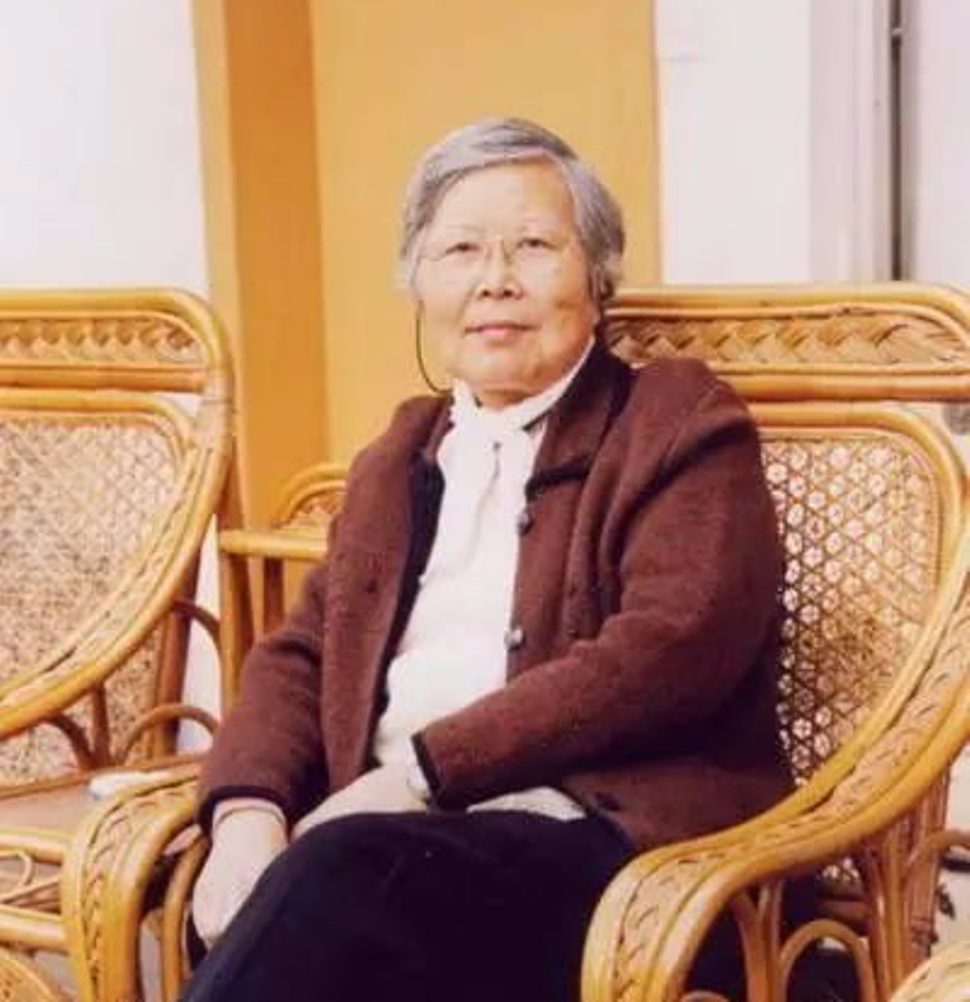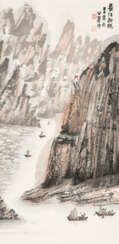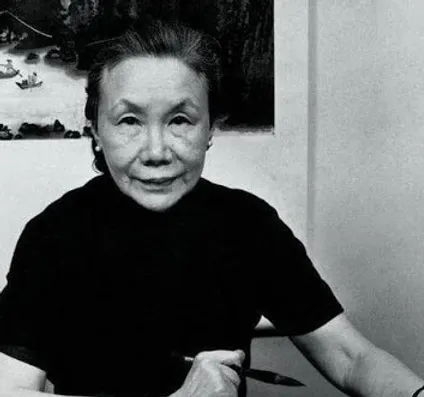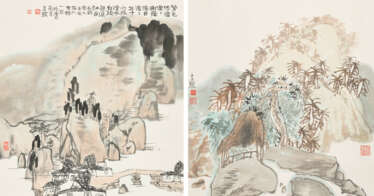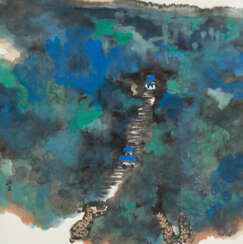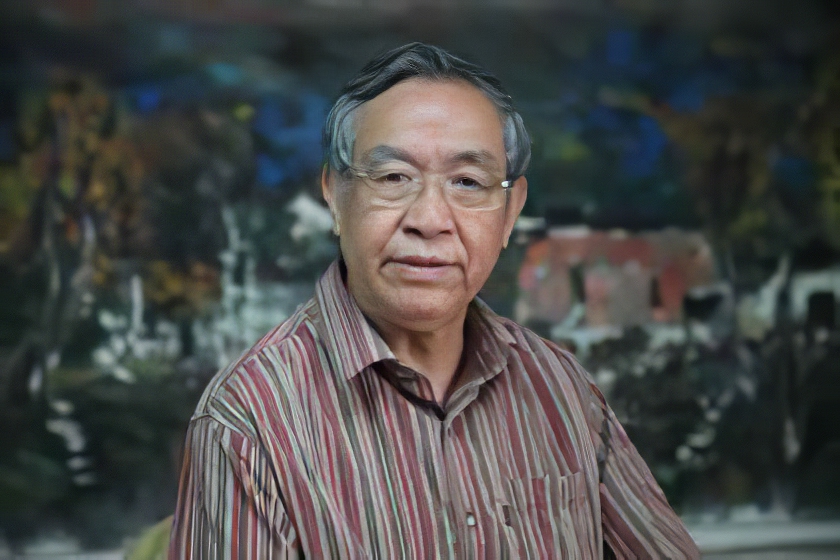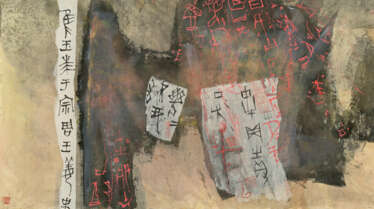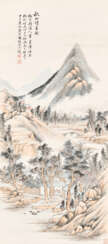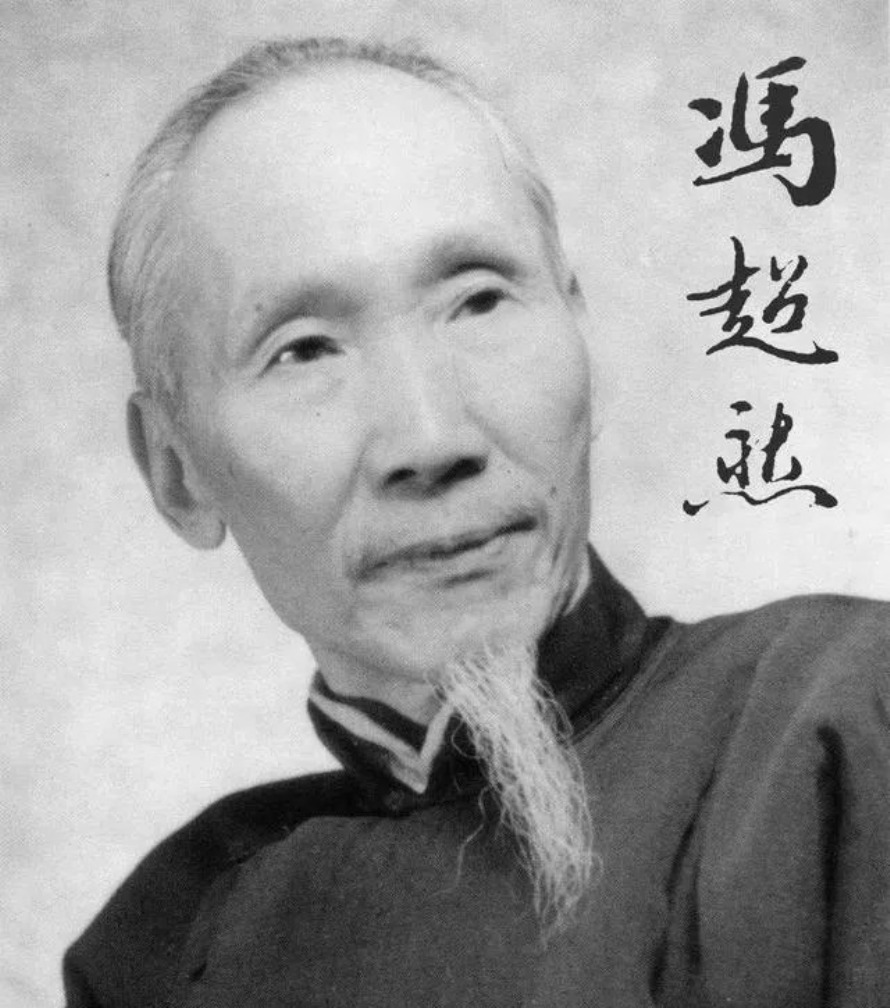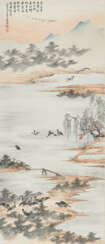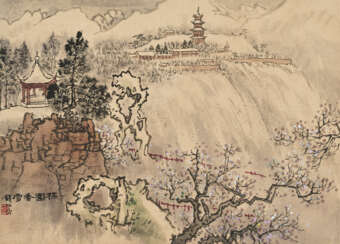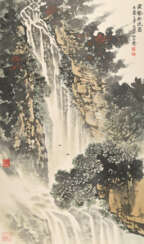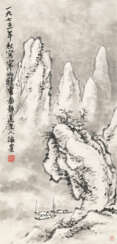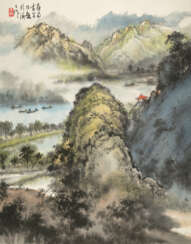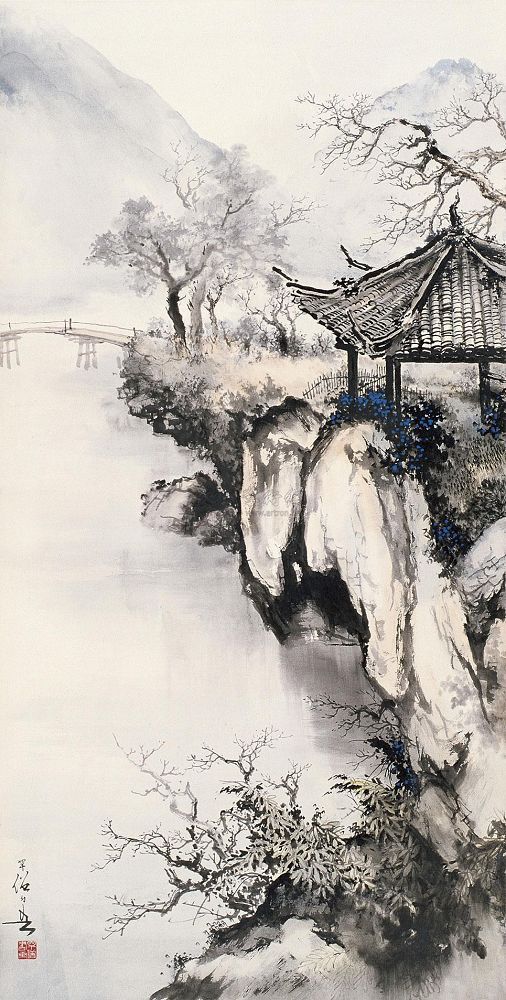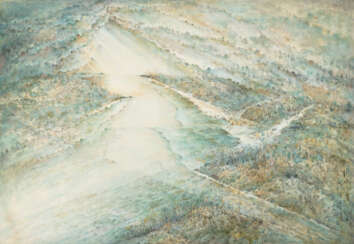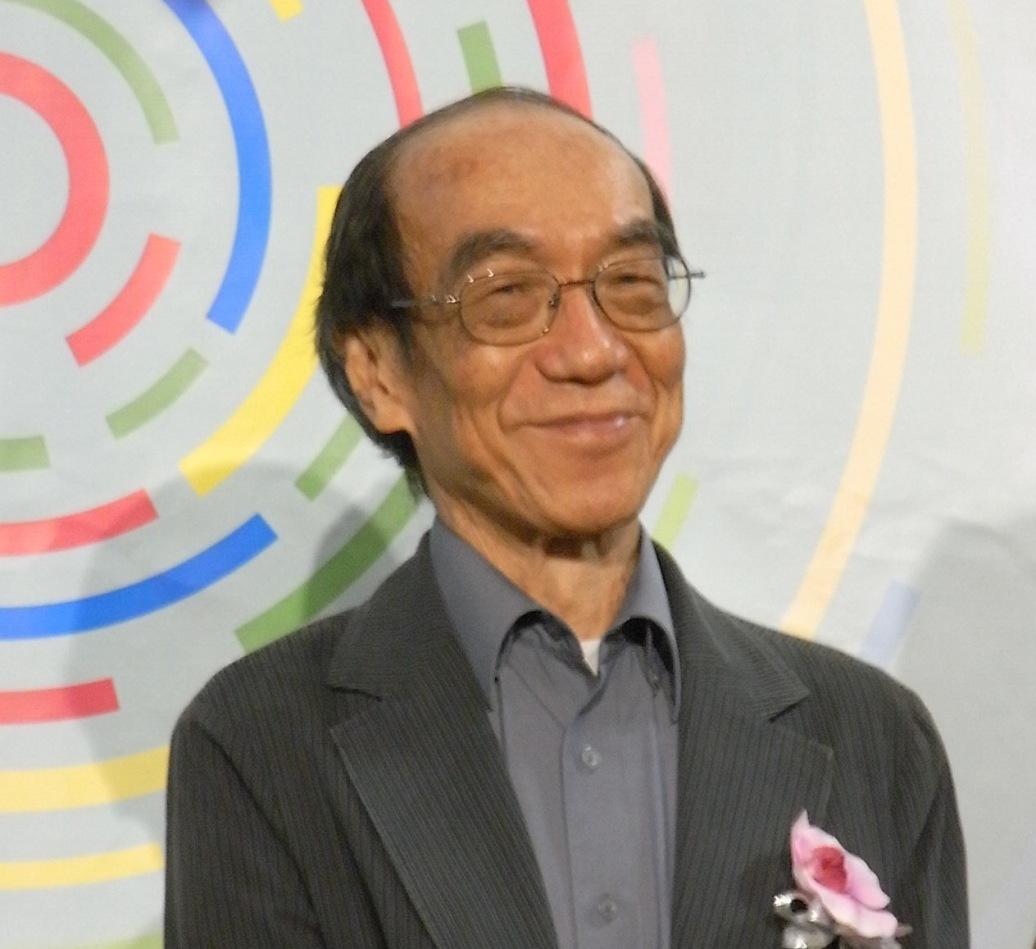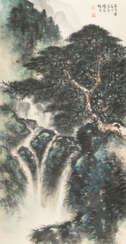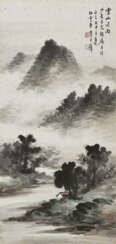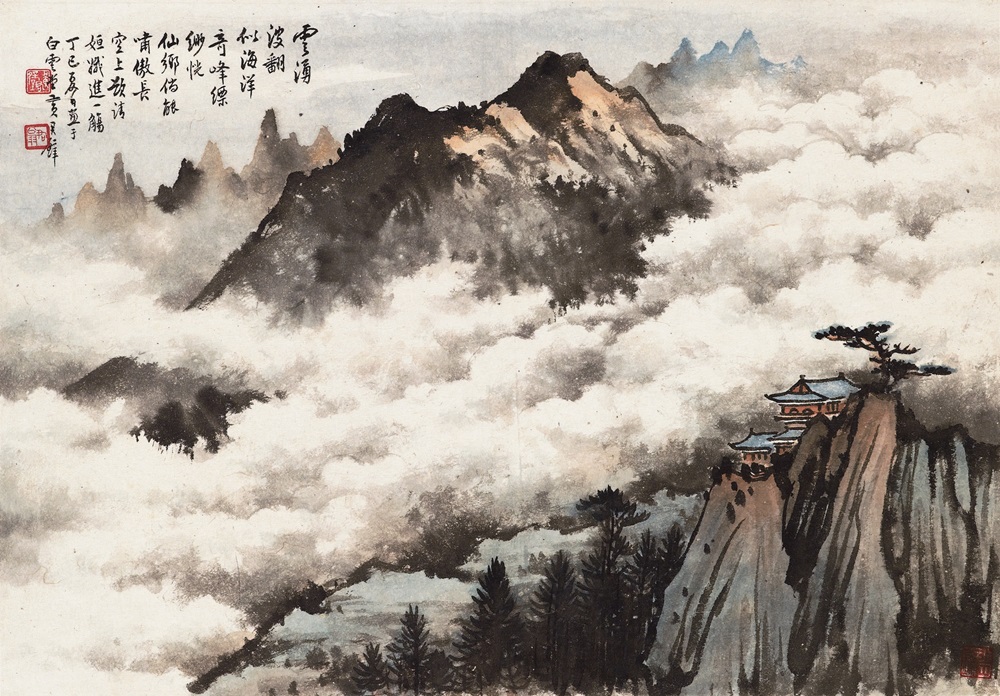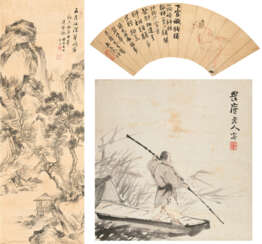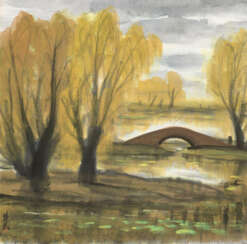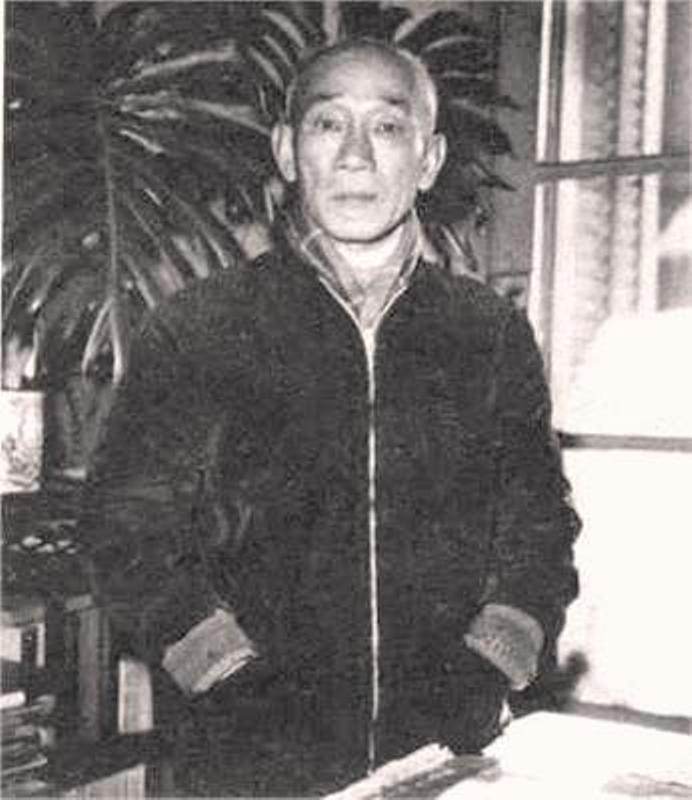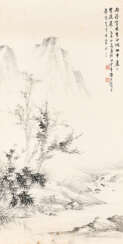Landscape painting — Auction price
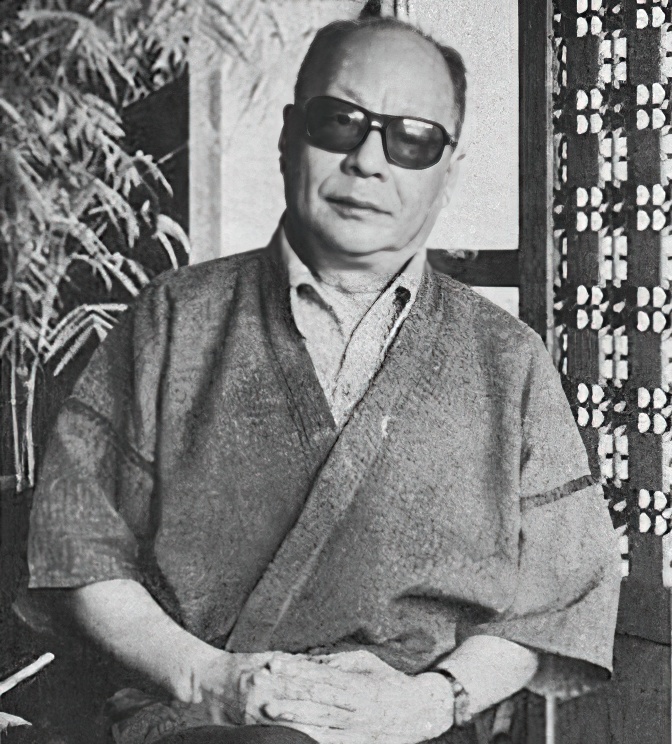
Chi-Chien Wang (Chinese: 王己千; pinyin: Wáng Jǐqiān; Wade–Giles: Wang Chi-chien), better known as C. C. Wang, was a Chinese-born artist and art collector based in New York City.
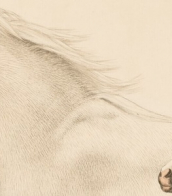

Chi-Chien Wang (Chinese: 王己千; pinyin: Wáng Jǐqiān; Wade–Giles: Wang Chi-chien), better known as C. C. Wang, was a Chinese-born artist and art collector based in New York City.

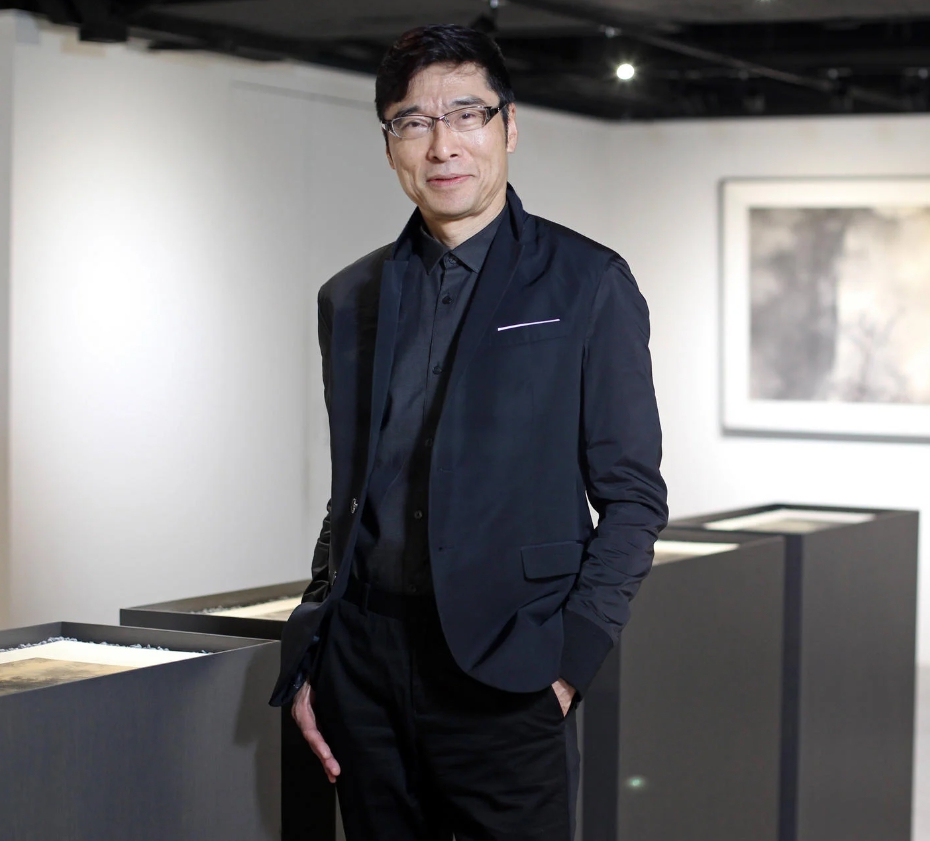
Li Huayi (Chinese: 李華弌) is a contemporary ink artist whose admiration for the monumental landscapes of the Northern Song dynasty with his training in both traditional Chinese ink and Western art, inspired him to create his own style of ink painting.
Li has established a distinct connection between contemporary and traditional, and nature and humanity, by integrating his contemporary perspective with the eternal values of traditional literati painting.
Li Huayi's works are collected by museums worldwide including the British Museum, the Asian Art Museum of San Francisco, the Art Institute of Chicago, the Harvard Art Museums, the Brooklyn Museum, the Honolulu Museum of Art, the Suzhou Museum, M+ Hong Kong and the Hong Kong Museum of Art.



